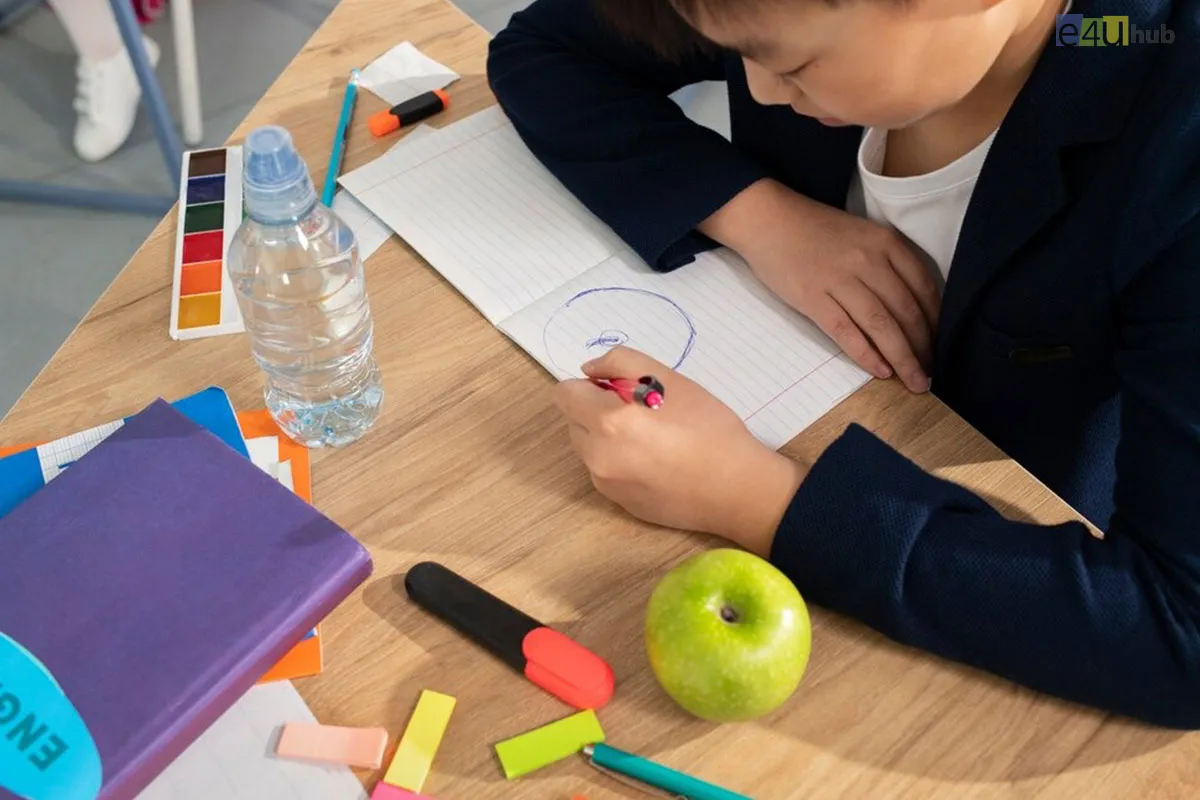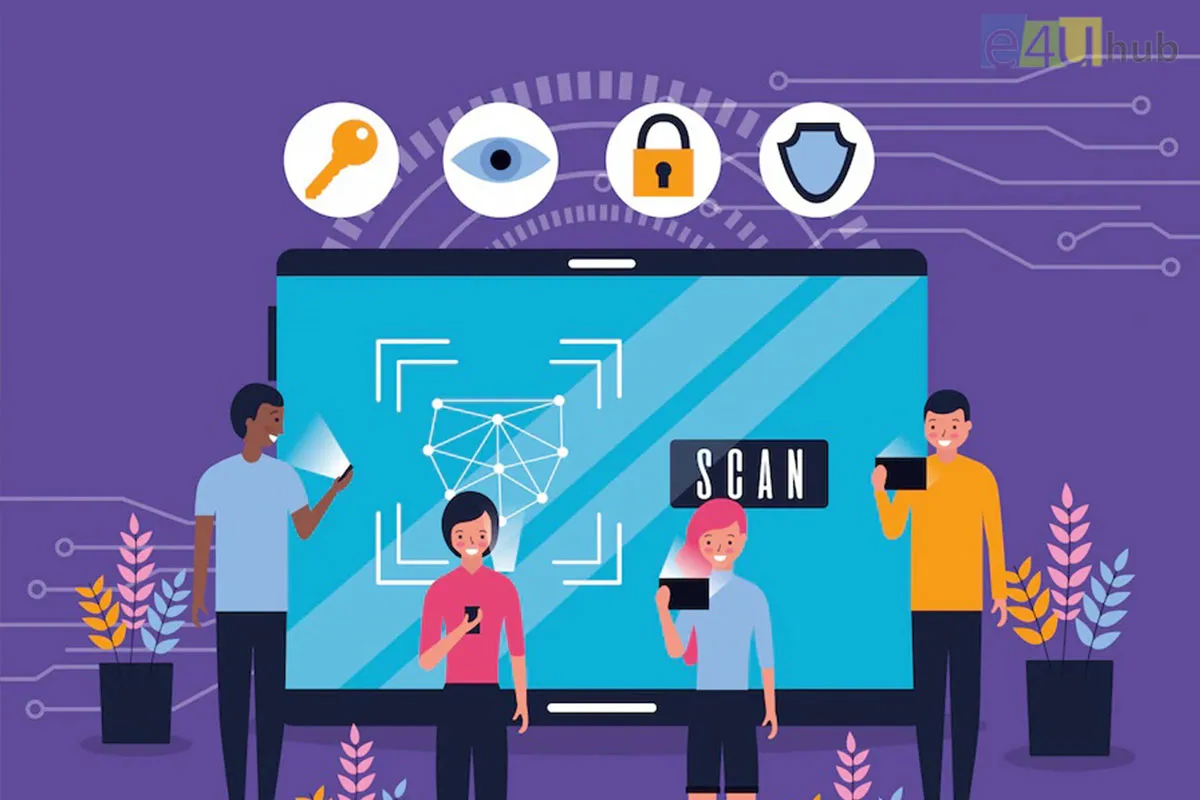
Creating Inclusive Learning Environments for Diverse Students
- 05 Apr, 2024
- Education
- 549 Views
- 0 Comments
In today's multicultural and diverse society, creating inclusive learning environments is crucial for fostering academic success, personal growth, and a sense of belonging among all students. As educators, it's essential to recognize and celebrate the unique backgrounds, experiences, and perspectives that each student brings to the classroom. In this blog post, we'll explore the importance of inclusive learning environments and share practical strategies for promoting diversity, equity, and inclusion in educational settings.
1. Understanding Diversity and Inclusion:
Diversity encompasses a wide range of characteristics, including race, ethnicity, gender, socioeconomic status, sexual orientation, religion, ability, and more. Inclusion, on the other hand, refers to the active and intentional effort to create environments where all individuals feel valued, respected, and supported.
2. Importance of Inclusive Learning Environments:
a. Fostering a Sense of Belonging: Inclusive learning environments help students feel a sense of belonging and acceptance, which is essential for academic success and overall well-being.
b. Enhancing Learning Outcomes: When students feel included and valued, they are more likely to actively participate in class discussions, engage with course material, and collaborate with their peers, leading to improved learning outcomes for all.
c. Promoting Equity and Social Justice: Inclusive learning environments promote equity by addressing systemic barriers and biases that may disproportionately affect marginalized groups. By acknowledging and challenging inequities, educators can create a more just and equitable educational system.
d. Preparing Students for a Diverse World: In today's globalized society, students need to develop cultural competency and interpersonal skills to navigate diverse environments. Inclusive learning environments provide opportunities for students to learn from and with individuals from different backgrounds, preparing them to thrive in an interconnected world.
3. Strategies for Creating Inclusive Learning Environments:
4. Cultivate a Culture of Respect and Empathy:
a. Set clear expectations for respectful behavior and communication in the classroom.
b. Encourage students to listen actively, practice empathy, and value diverse perspectives.
c. Address incidents of bias or discrimination promptly and constructively.
5. Incorporate Diverse Perspectives into the Curriculum:
a. Select textbooks, readings, and learning materials that reflect diverse voices and experiences.
b. Integrate multicultural perspectives and topics into lesson plans and discussions.
c. Invite guest speakers from diverse backgrounds to share their expertise and insights.
6. Provide Multiple Means of Representation, Engagement, and Expression:
a. Offer a variety of instructional materials and resources to accommodate different learning styles and preferences.
b. Incorporate multimedia, visuals, and interactive activities to engage students with diverse interests and abilities.
c. Provide opportunities for students to express themselves through different modalities, such as writing, speaking, or creating multimedia projects.
7. Foster Collaboration and Community:
a. Encourage collaboration and teamwork among students from diverse backgrounds.
b. Create opportunities for students to work together on group projects, problem-solving activities, and peer learning.
c. Foster a sense of community and belonging through team-building exercises, group discussions, and shared experiences.
Conclusion:
Creating inclusive learning environments is essential for promoting diversity, equity, and inclusion in education. By cultivating a culture of respect and empathy, incorporating diverse perspectives into the curriculum, providing multiple means of representation and expression, and fostering collaboration and community, educators can create learning environments where all students feel valued, respected, and supported. Together, we can work towards a more inclusive educational system that celebrates diversity and empowers all students to reach their full potential.














Leave a Reply